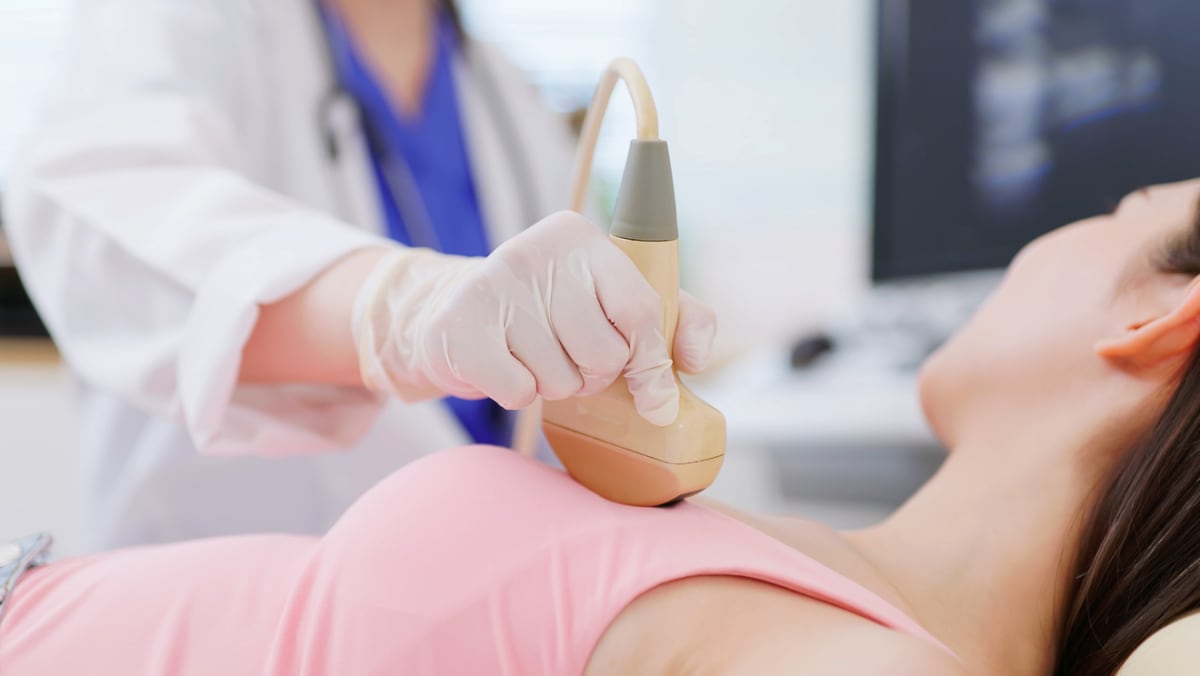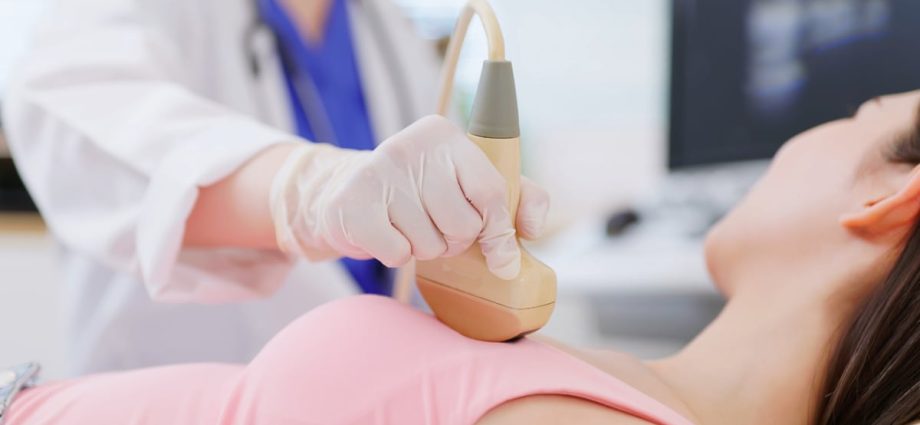
Will the breast cancer risk assessment tool work well in Singapore? In short, not really.
First, there’s the issue of applicability.
Dr Andrew Clayton Lee, a general surgeon and oncoplastic breast surgeon at Gleneagles Hospital, explained that these breast cancer risk calculators are designed based on data from North American women. The demographics of Singapore women, consisting mostly of Southeast Asian Malays, Indians, and Chinese, are unlikely to be accurately represented in these models.
“If women in Singapore were to take the test, results can be inaccurate,” Dr Lee said. “We don’t want women with high risks to have a false sense of security, or cause worry for those with low risks.”
Second, health checks need professional guidance.
Dr Choo Bok Ai, a senior radiation oncologist at Icon Cancer Centre and a Breast Cancer Foundation committee member, told CNA Women that due to their easy access, breast cancer risk calculators are often used in isolation without the involvement of a healthcare professional. Women may misinterpret the results, particularly if they receive a high-risk score.
They may avoid getting proper medical consultation or opt for alternative care that doesn’t address the actual health concern. This could result in unnecessary fear or even misdiagnosis or mistreatment of existing conditions.
While some women may see their doctor to review the results, Dr Choo said the concern is for those who don’t.
Third, the tool does not solve the underlying reasons why women in Singapore hesitate to go for breast checkups.
“Prevention and education are more important than assessment tools when it comes to early detection and management of breast cancer,” Dr Choo said.
He pointed out that the primary challenge in reducing late-stage breast cancer diagnoses is the lack of education and awareness. Some women are deterred by cultural taboos surrounding discussions about breast health, the fear of diagnosis, social ostracisation, and misconceptions about cancer.
Dr Choo referred to the 2022 National Population Health Survey, where roughly 40 per cent of Singapore women aged 50 to 69 get regular mammograms. CNA Women found that in 2023, mammogram screening rates for the same age group have dropped, to below 35 per cent.
Societal barriers, including caregiving responsibilities and financial constraints, further discourage women from prioritising regular screenings like mammograms or seeking medical help when they discover a lump or notice irregularities.

